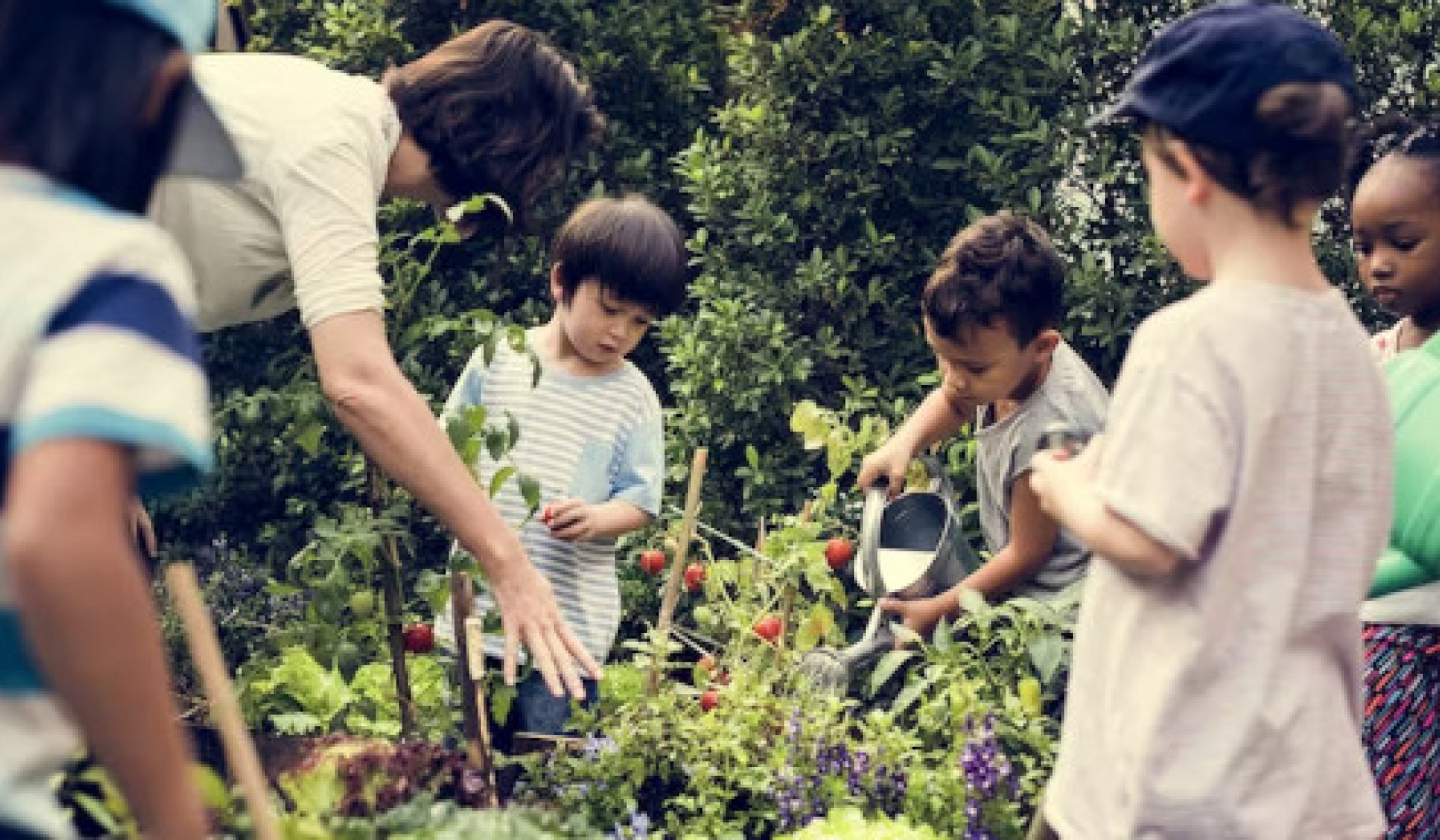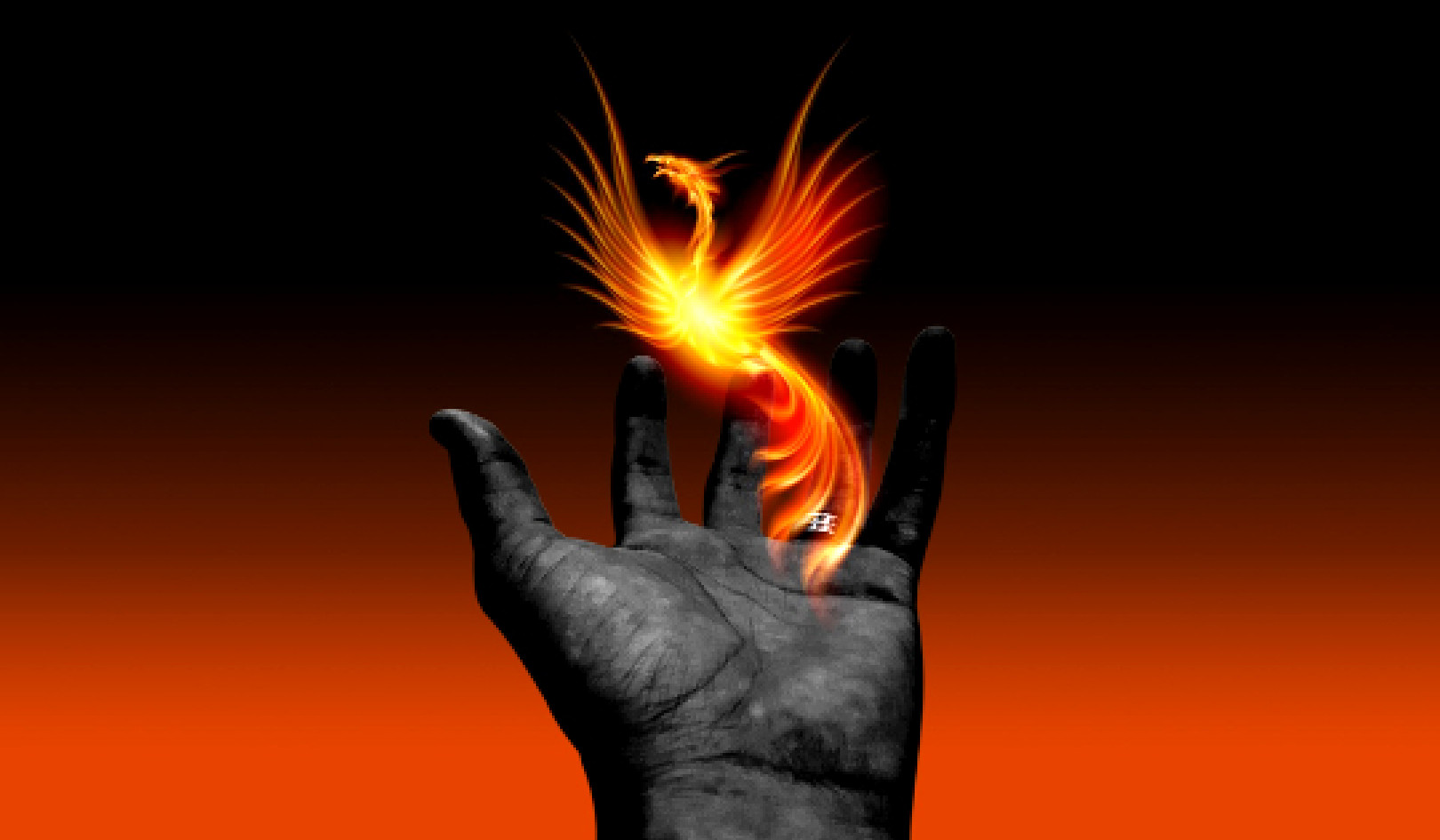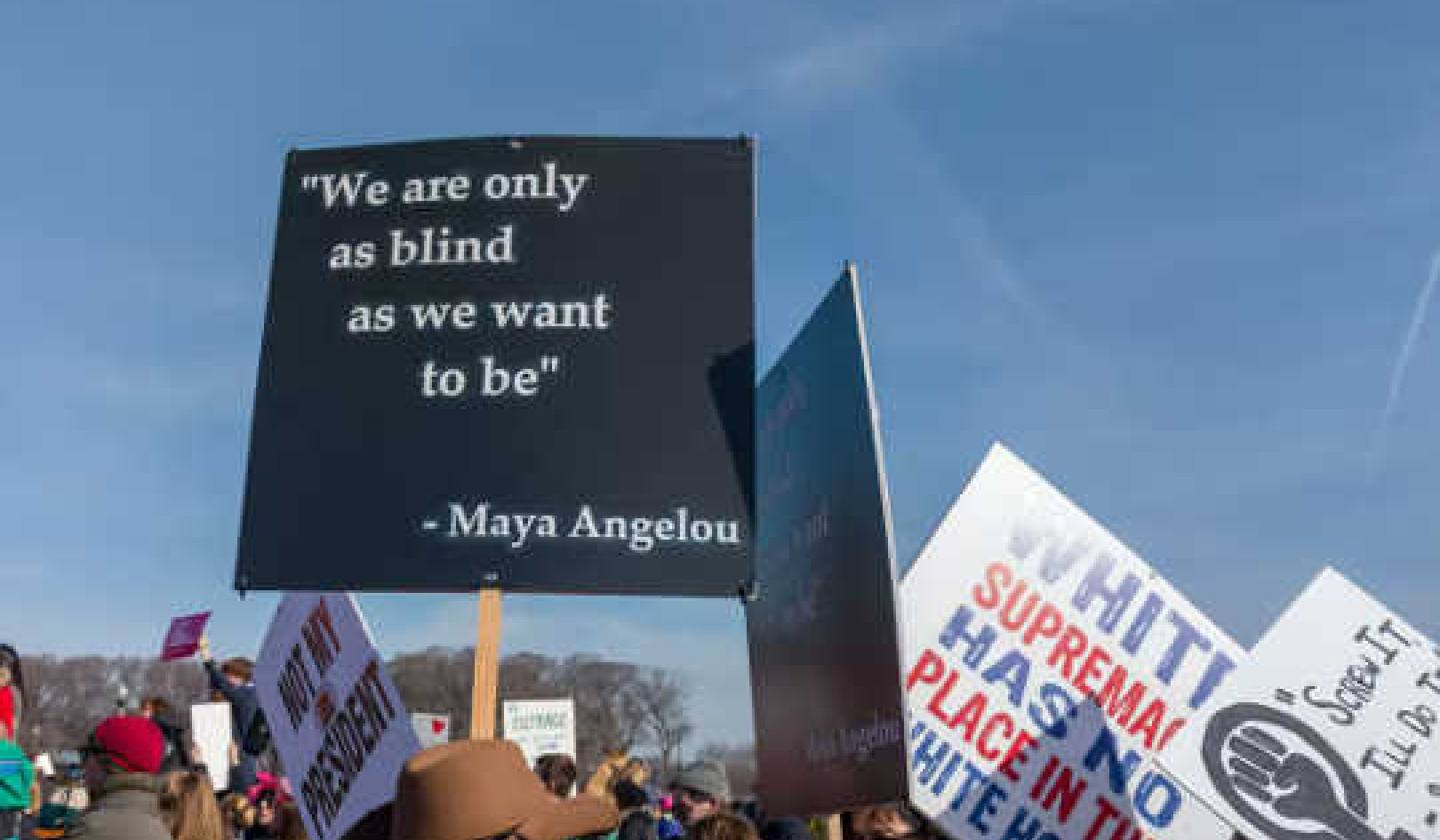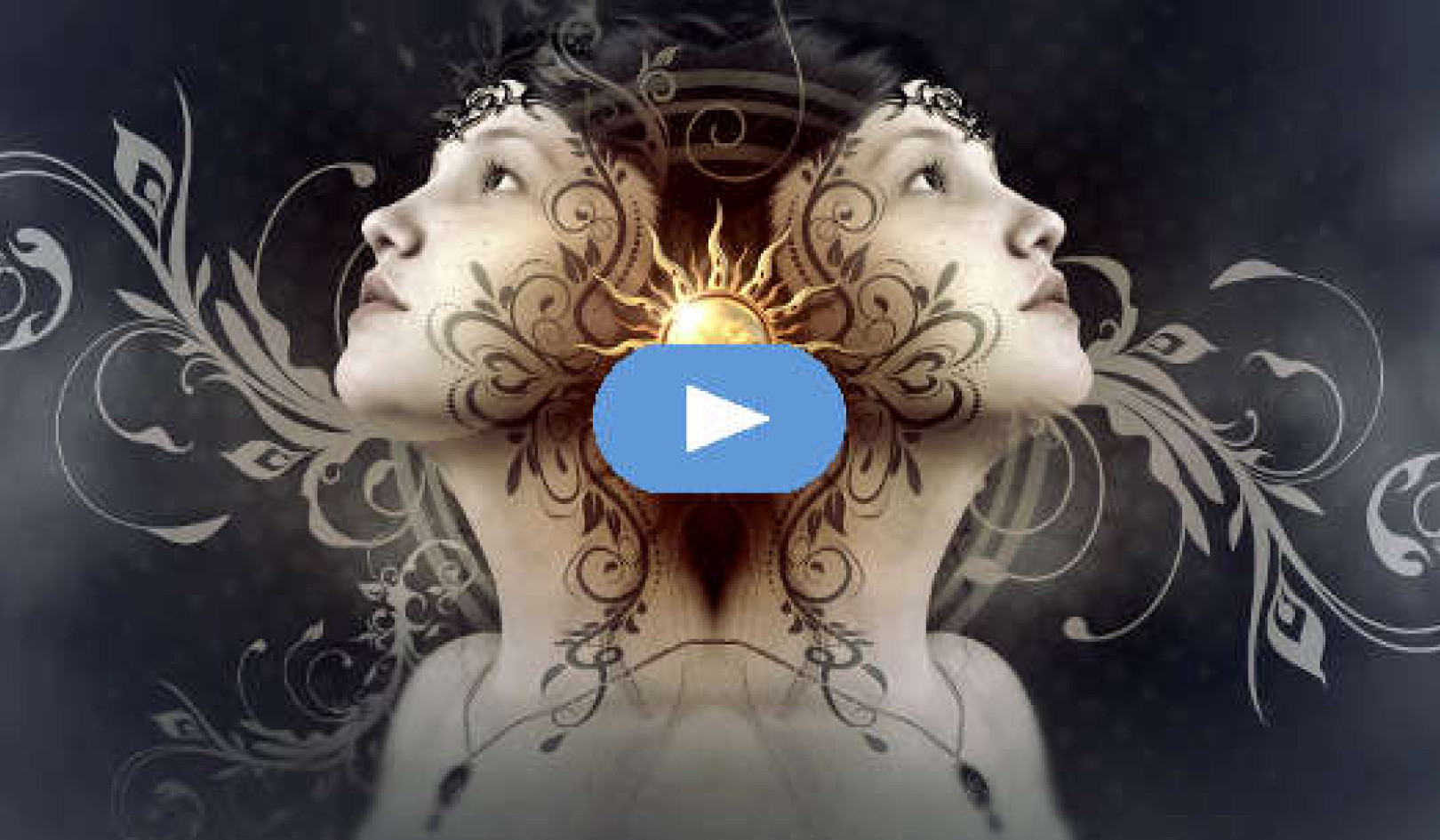
Image by Michael Belgeri
Contemporary psychological research shows that some individuals, when they are in a highly agitated state of mind, are oblivious to how they are feeling. Their hearts may be racing, their blood pressure climbing, and they may be sweating profusely, yet they are not aware of being angry or afraid or anxious.
About one person in six exhibits this pattern. Being so unaware of their own pain, is it possible that they could understand or empathize with what someone else may be feeling? Being unable to empathize, how can they live complete lives?
Developing Empathy: Building a Bridge to the Pain of Others
When we practice mindfulness, one of the qualities that we are developing is empathy. As we open to the full range of experiences within ourselves, we become aware of what we perceive in each moment, no longer denying some feelings while clinging to others.
By coming to know our own pain, we build a bridge to the pain of others, which enables us to step out of our self-absorption and offer help. And when we actually understand how it feels to suffer -- in ourselves and in others -- we are compelled to live in a way that creates as little harm as possible.
True Morality: Uncontrived Reluctance to Cause Suffering
With empathy acting as a bridge to those around us, a true morality arises within. Knowing that someone will suffer if we perform a harmful action or say a hurtful word, we find we do these things less and less. It is a very simple, natural, and heart-full response. Rather than seeing morality as a set of rules, we find a morality that is an uncontrived reluctance to cause suffering.
In Buddhist teachings, an image is used to reflect this quality of mind: a feather, held near a flame, instantly curls away from the heat. When our minds become imbued with an understanding of how suffering feels and fill with a compassionate urge not to cause more of it, we naturally recoil from causing harm. This happens without self-consciousness or self-righteousness; it happens as a natural expression of the heart. As Hannah Arendt said, "Conscience is the one who greets you if and when you ever come home."
Two qualities are traditionally attributed to this beautiful and delicate sense of conscience that gives rise to harmlessness: in Pali they are known as biri and ottapab, traditionally translated as "moral shame" and "moral dread".
The translation is somewhat misleading, as these qualities have nothing to do with fear or shame in the self-deprecating sense. Rather, they have to do with that natural and complete turning away from causing harm. Ottapah, or moral dread, comes from a feeling of disquietude at the possibility of hurting ourselves or others. Hiri, moral shame, manifests in the form of a reluctance to cause pain in others because we know fully in ourselves how that feels.
In this sense, opening to our own suffering can be the source of our deep connection to others. We open to this pain, not for the sake of getting depressed, but for what it has to teach us: seeing things in a different way, having the courage not to harm, recognizing that we are not alone and could never be alone.
Connecting to Pain Through Compassion & Awareness
Sometimes we are afraid to open to something painful because it seems as though it will consume us. Yet the nature of mindfulness is that it is never overcome by whatever is the present object of awareness. If we are mindful of a twisted or distorted state of mind, the mindfulness is not twisted or distorted. Even the most painful state of mind or the most difficult feeling in the body does not ruin mindfulness. A true opening, born of mindfulness, is marked by spaciousness and grace.
In our culture we are taught to push away, to avoid our feelings. This kind of aversion is the action of a mind caught in separation. Whether in the active, fiery form of anger and rage, or in a more inward, frozen form like fear, the primary function of these mental states is to separate us from what we are experiencing. But the only way that we can be free from suffering ourselves and avoid doing harm to others is by connection -- a connection to our own pain and, through awareness and compassion, a connection to the pain of others. We learn not to create separation from anything or anyone. This is empathy.
This article is reprinted with permission. ©1997.
Published by Shambhala Publications, Inc., Boston.
www.shambhala.com.
Article Source
A Heart As Wide As The World: Stories on the Path of Lovingkindness
by Sharon Salzberg.
 The Buddhist teachings have the power to transform our lives for the better, says Sharon Salzberg, and all we need to bring about this transformation can be found in the ordinary events of our everyday experiences. Sharon Salzberg distills more than twenty-five years of teaching and practicing meditation into a series of short essays, rich with anecdotes and personal revelations, that offer genuine aid and comfort for anyone on the spiritual path.
The Buddhist teachings have the power to transform our lives for the better, says Sharon Salzberg, and all we need to bring about this transformation can be found in the ordinary events of our everyday experiences. Sharon Salzberg distills more than twenty-five years of teaching and practicing meditation into a series of short essays, rich with anecdotes and personal revelations, that offer genuine aid and comfort for anyone on the spiritual path.
Info/Order this book. Also available as a Kindle edition.
Books by this Author
About The Author
 Sharon Salzberg is a cofounder of the Insight Meditation Society in Barre, Massachusetts, and author of numerous books, including: Lovingkindness: The Revolutionary Art of Happiness. For a schedule of Sharon's workshops, visit http://www.dharma.org/sharon/sharon.htm.
Sharon Salzberg is a cofounder of the Insight Meditation Society in Barre, Massachusetts, and author of numerous books, including: Lovingkindness: The Revolutionary Art of Happiness. For a schedule of Sharon's workshops, visit http://www.dharma.org/sharon/sharon.htm.


























